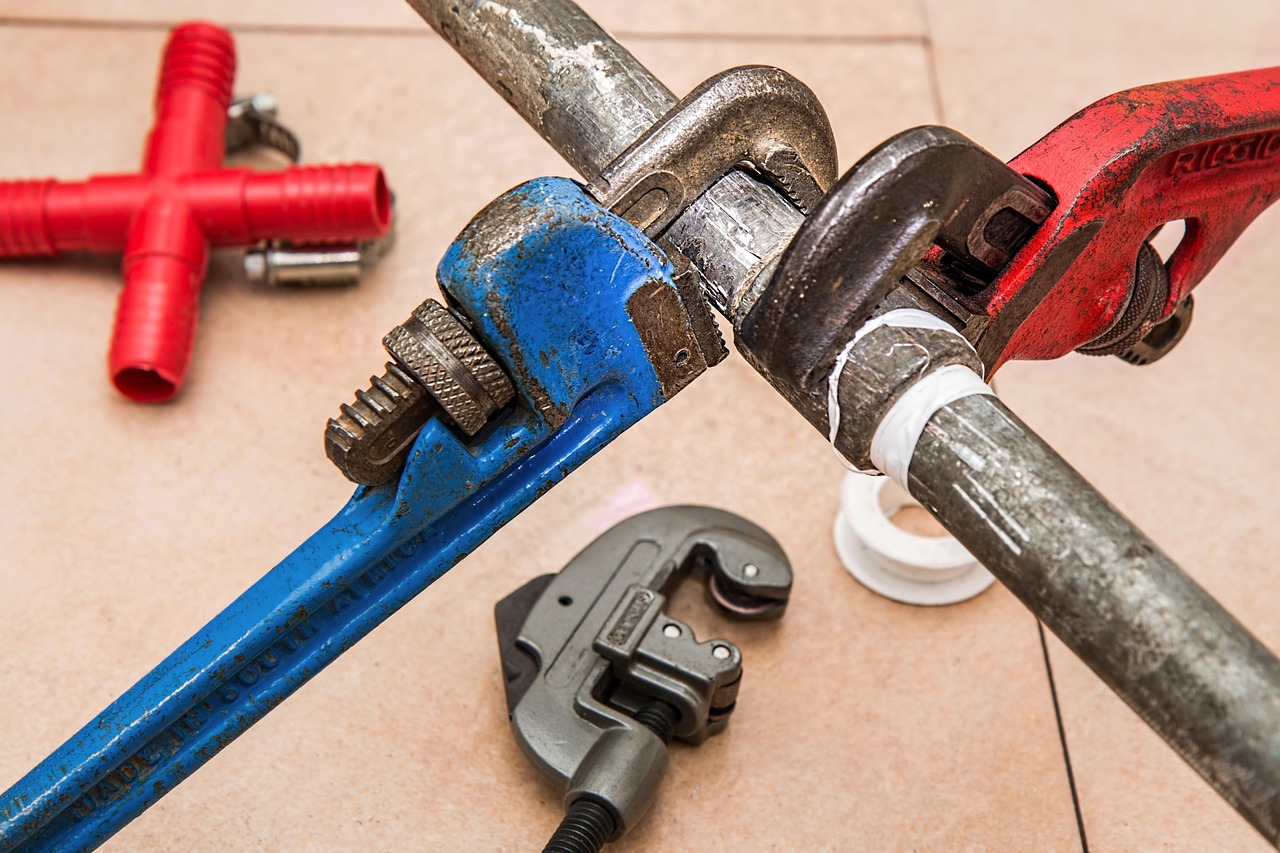Undertaking a historic home renovation presents a unique set of challenges and rewards unlike those found in modern construction projects. These aging structures often contain irreplaceable craftsmanship and architectural details that tell stories of our past, yet they simultaneously present significant hurdles in terms of modernization and maintenance. This article explores the complex considerations involved when attempting to renovate an old house, including navigating preservation requirements, finding appropriate materials, upgrading essential systems, and balancing historic integrity with contemporary comfort and functionality.
Understanding the Historical Significance
Before lifting a single hammer, it’s crucial to research and understand what makes your property historically significant. Historic home renovation isn’t merely about fixing what’s broken—it’s about preserving a piece of architectural heritage. Many older homes reflect specific architectural movements, construction techniques, or cultural significance that contribute to their value. Start by researching your home’s age, architectural style, and notable features. Local historical societies, libraries, and even previous owners can provide valuable insights about your property’s past. This knowledge will guide your renovation decisions and help you prioritize which original elements are most important to preserve. Understanding which preserving historic features matter most will save you from making irreversible mistakes that could diminish both the historical and monetary value of your home.
Navigating Preservation Guidelines and Regulations
One of the most significant old home challenges involves navigating the web of regulations that may govern your renovation. If your home is officially designated as historic or located in a historic district, you’ll likely need to comply with specific preservation guidelines. These may restrict everything from exterior paint colors to window replacements and structural modifications. Before planning your project, contact your local historic preservation office, planning department, and building department to understand what approvals you’ll need. Some areas have historic preservation commissions that must review and approve proposed changes. Working within these guidelines can be frustrating at times, but they exist to protect the collective architectural heritage of your community. Building a good relationship with preservation officials early in your project can make the approval process much smoother and possibly connect you with resources and incentives for historic preservation.
Sourcing Period-Appropriate Materials
When you renovate an old house, finding materials that match the original elements presents a unique challenge. Modern building materials often differ significantly from those used in centuries past. Locating period-appropriate flooring, moldings, hardware, and fixtures requires research and resourcefulness. Architectural salvage yards, specialty suppliers, and craftspeople who specialize in historical reproduction can be invaluable resources. In some cases, you might need custom fabrication to match existing elements, which can be costly but worth the investment to maintain the home’s character. According to renovation experts at AskHomey, creating a detailed inventory of original materials early in your planning process can help you develop realistic budgets and timelines for sourcing these specialized items.
Updating Essential Systems Without Compromising Character
Perhaps the most technically challenging aspect of historic home renovation involves modernizing essential systems without damaging historic features. Older homes weren’t designed to accommodate modern electrical needs, HVAC systems, plumbing, or insulation. Creative solutions are often required to route new wiring, ductwork, and pipes without disturbing original architecture. This might involve creating chases in closets, running systems through crawl spaces, or utilizing existing chimney flues for new purposes. Energy efficiency presents another challenge in older homes with original windows, minimal insulation, and drafty construction. Work with contractors experienced in historic renovations who understand how to balance modern performance with preservation. Sometimes, compromises are necessary, but skilled professionals can often find solutions that respect the home’s integrity while bringing its systems into the 21st century.
Addressing Structural and Safety Concerns
Historic homes frequently harbor hidden structural issues that only become apparent during renovation. Foundation problems, termite damage, outdated wiring, lead paint, and asbestos are common old home challenges that must be addressed for safety and code compliance. These issues can significantly impact your renovation budget and timeline. Having thorough inspections by specialists before purchasing or beginning renovation work is essential to avoid unpleasant surprises. When structural repairs are necessary, work with engineers and contractors who specialize in historic structures and understand traditional building methods. Their expertise can help ensure repairs strengthen the structure without compromising its historic integrity or causing further damage through incompatible modern techniques.
Finding the Right Balance: Authenticity vs. Livability
The most successful historic home renovations strike a thoughtful balance between preserving authenticity and creating comfortable, functional living spaces. Not every original feature needs to be preserved, and not every modern convenience needs to be incorporated. Kitchens and bathrooms typically require the most significant updates to meet contemporary expectations. These spaces often offer opportunities to blend period-appropriate aesthetics with modern functionality. Other areas, like formal living rooms or dining rooms with original architectural details, may need little more than careful restoration. Consider which historic elements contribute most significantly to the home’s character and which modern amenities are essential for your lifestyle. This balanced approach allows you to honor the home’s past while ensuring it remains livable and relevant for generations to come.
For more tips and to connect with reliable home service professionals, follow AskHomey on Facebook and Instagram.



